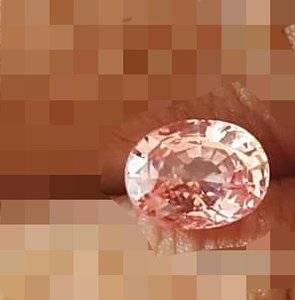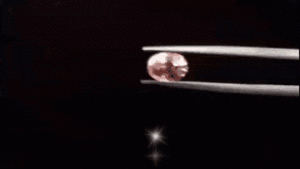Hi All,
I'm new to Pricescope posting after lurking for a long while. Thinking of making the leap to buying online, and I've been thinking of buying this padparadscha (1.5ct heated) and I was wondering if I could get some opinions on it. Would this be a good buy, and what would you pay for it?
PS: Pardon the mosaic-ed hairy fingers cause I don't have a better pic of this gem yet :/

I'm new to Pricescope posting after lurking for a long while. Thinking of making the leap to buying online, and I've been thinking of buying this padparadscha (1.5ct heated) and I was wondering if I could get some opinions on it. Would this be a good buy, and what would you pay for it?
PS: Pardon the mosaic-ed hairy fingers cause I don't have a better pic of this gem yet :/









300x240.png)